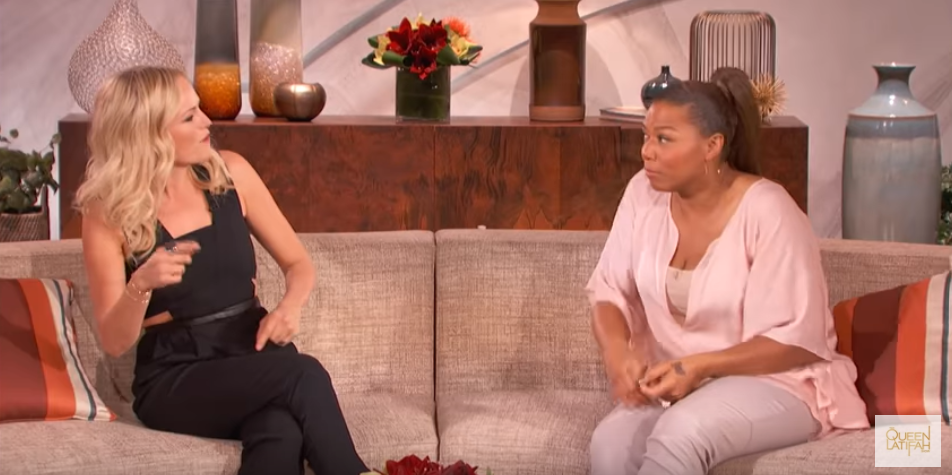In 1859 a Swedish lady, called Amalia Eriksson, became a widow and had to find a way to provide for herself and her daughter Ida. She started making a sugary candy sticks (‘polkagrisar’) and sold them in markets. It became a hit and is now a traditional Swedish candy, that comes in many different colours and flavours. The traditional one being peppermint.
Nowadays the ‘polkagris’ is made in a factory in Gränna, with machines and cooled tables to help, while Amalia made them in a dark basement, all by herself. Her husband was a tailor and she used his scissors to cut the ‘polkagris’, and a tailor’s scissor is actually used for this purpose until this day.
The factory in Gränna has been there for 30 years and anyone can come visit and see how ‘polkagrisar’ is made.
You start by boiling sugar, water and ‘ättika’ (vinegar) to 140°C. When it is boiled together it is pored out on a cooled down table to make it cool off faster, to be able to work with it quickly and to contain the quality of the dough.
Some colour is added to a part of the dough and it is time to start working it. When the dough is nice and cooled, it is put in a machine that will work it a bit more, flavour is added, and it will eventually become a white beautiful dough.
When the white dough is ready it is time to put it together with the coloured part and start rolling it on the wooden table. You roll it and roll it until it become a nice long ‘snake’ of candy, cut it off, roll some more, cut it off, roll some more… you get the picture.
When the rolls are finally the perfect length, they are put in a cool off spot to get hard, and then packed in paper.
Come with us when we visit the factory in Gränna!


